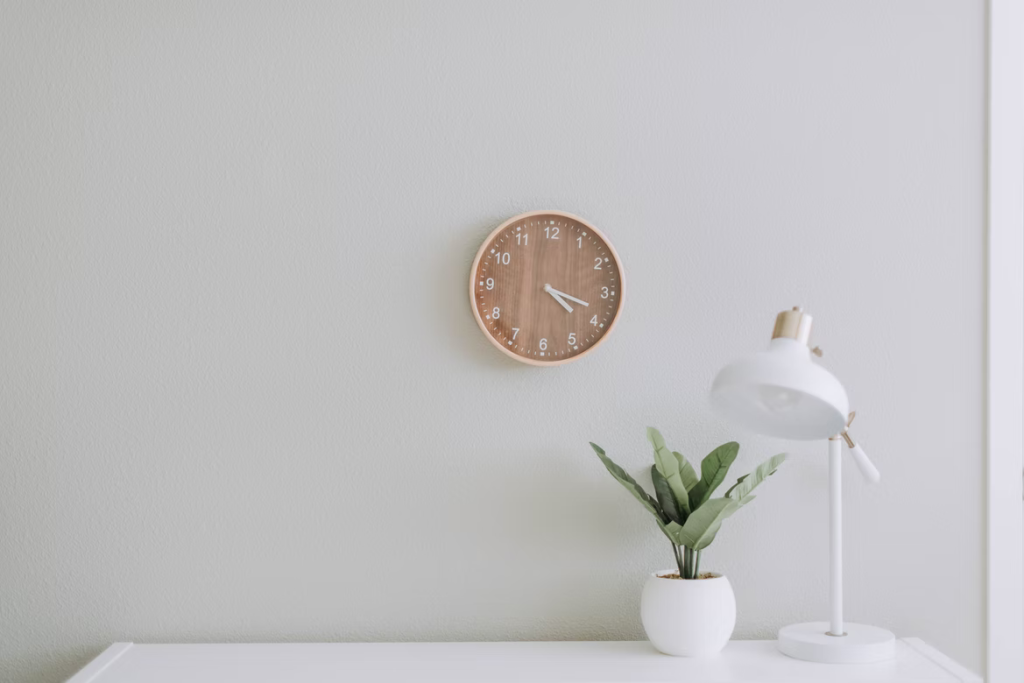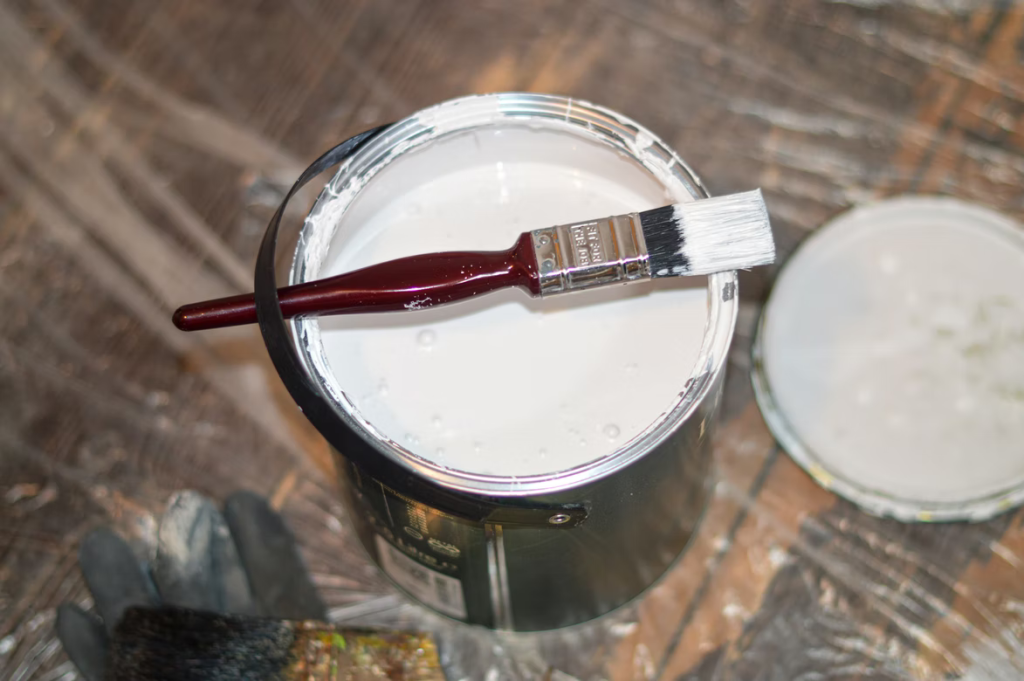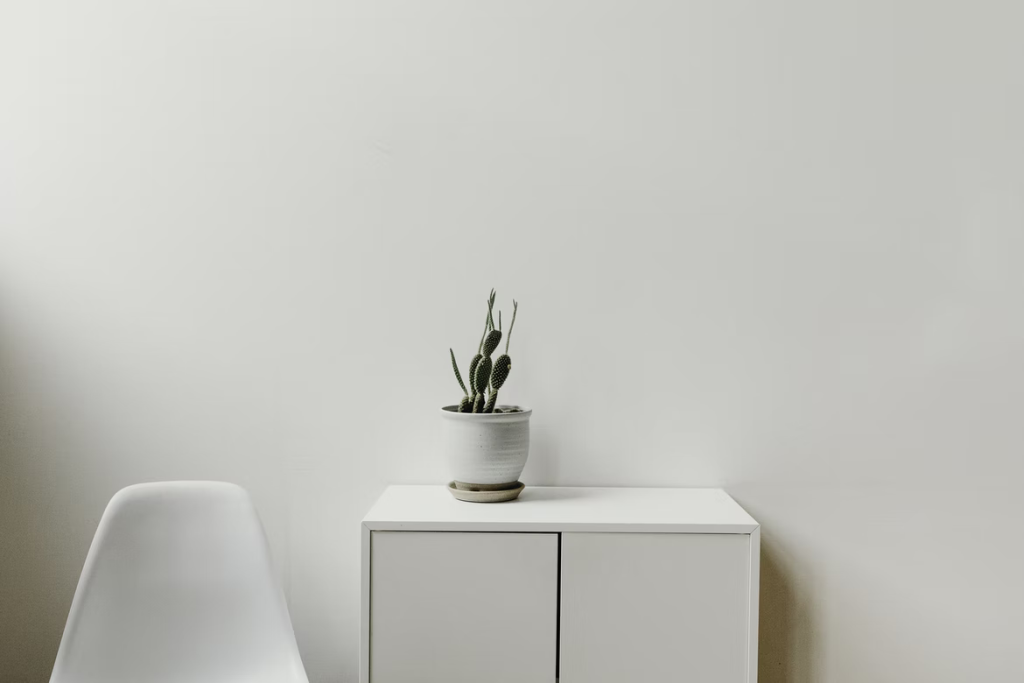Why Does White Paint Turn Yellow?


There is a variety of reasons why white paint turns yellow but it is mostly caused by moisture, light, finish, and age. White is indeed a favorite color of the majority considering how it makes the space looks vibrant and fresh. It is a color that is easy to work with. Thus, making them choose white above other colors. But, seeing the walls turn yellow in a decent amount of time can be a bummer to look at. Its exposure to a variety of environmental factors is what makes it from white to yellowish or off-white. There may be a lot of questions you have in mind as to why. Let this article help you out in figuring out the causes and ways to avoid this situation. Besides, we want to maintain the ambiance and environment of the space at home.
What Causes White Paint to Turn Yellow?


Now that you know that white paint turns yellow over time, it is important to identify and understand its underlying causes. This will help in working with preventive measures rather than repainting the entirety of the surface. White paint turning yellow does not only apply on painted walls but all other elements as well. Compared to other paint colors, white is quite sensitive to moisture, light, and even aging.
As much as we do not want this to happen, the activities surrounding the walls and all the other elements can sometimes be inevitable. We want to ensure that the paintwork lasts and maintains its quality even after years. With that in mind, we have identified the probable causes of the discoloration of white paint. This way, you can have an idea of what and what not to do if you prefer to use white paint on your walls and other elements inside the house.
Type of Paint
One of the probable reasons why white paint is turning yellow is the type of paint used. The faster white paint turns yellow, the more chances that the type of paint used is oil-based or paints that are high in gloss. The glossy coating of the paint has many advantages but it comes with disadvantages too. As it turns into a yellowish hue, they tend to look old and antiquated.
Light
One of the reasons why white paint is commonly used in spaces and elements at home is because of its ability to acquire natural and artificial lighting. White is a rather sustainable color when properly used. They turn into this yellowish hue when a room does not acquire sufficient natural and artificial light. Ensure that there is enough light for the room in order to maintain the vibrance of the space. We understand how we want to make the space more sustainable. But, lighting is important that not only allows the space to be more liveable but maintains the color of white surfaces.
Moisture
Yet another reason for white surfaces to turn yellow in the presence of excessive moisture. This is common in spaces such as the kitchen and bathroom. These are the spaces that are not ideal to work with white paint not unless you find it necessary or that you can maintain its freshness. Regardless of a protective covering from the paint, it can even make the white paint color worse. This is why it would serve you best to use it in places that you think would be reasonable for both the paint and the space.
In the kitchen, cooking and preparation produce a high amount of smoke and moisture that diffuses throughout the air and settles on the surfaces that make a covering of yellowish stains. It makes a huge difference considering how it stains after a long time of not being wiped or cleaned. This is why most white cabinets in the kitchen turn yellow because they receive the most amount of moisture since they are often located on top of stoves and sinks.
Aging
If you cannot remember the last time that you painted the spaces inside your home, this is one of the probable causes why white paint is already turning yellow. Your paintworks are already due for a fresh coat, especially in spaces that are high in levels of moisture. When white paint turns yellow, it is not a surprise. In fact, it is a common side effect if you are working with oil-based paint. After years, they remain glossy but the color is no longer maintained. The discoloration will occur when it is already time to remind you that you need to flavor your walls and surfaces once more.
Cigarette Smoke
If you have a habit of smoking a cigarette indoors, there is no doubt about how it can cause your white paint to turn yellow. Smoking indoors without enough windows tend to trap the smoke indoors that stain the walls. This is why we highly suggest working with white paint where it is least exposed to excessive moisture and smoke. Dealing with cigarette smoke is not as easy as you think. They stain more compared to smoke from cooking and taking a bath. Stains of cigarettes are caused by the chemicals such as nicotine and tar.
Lack of Ventilation
What makes every space habitable is its access to natural ventilation. It would be great to have your windows open every once in a while, especially during activities that release moisture and smoke. When a space at home has access to windows, it would serve you best to allow your interior spaces to breathe through opening the windows. This helps in smoke and moisture from staining on the walls and other surfaces. This is an easy fix when you have plenty of room with windows. Lack of ventilation does not only stain and moisten the walls, they also make the space feel humid.
Is the Finish of the Paint Causing it to Turn Yellow?


We love how glossy finishes turn things around in a room. Apparently, it is one of the common causes of why white paint turns yellow over time. It is the oil in the paint that makes it easy for the white paint to turn yellow. This is why we highly recommend paint that does not use oil as its base. One of the best types of paint to use is either acrylic or latex. These two are water-based which makes it okay to work with high gloss. As long as there is no oil, you are safe from fast discoloration of walls, surfaces, and all the other elements at home.
Can it Turn into Yellow Over a Short Amount of Time?


White paint turning yellow depends on how paint is maintained through cleaning. It is not just about the type of paint, smoke, lack of ventilation, age, and moisture. If you experience white paint turning yellow over a short amount of time, it can be because of poor maintenance. White is the most difficult color of paint to maintain considering how the blemishes and dust are visible. This is why we highly recommend making time to clean the surfaces every now and then.
How to Avoid White Paint Turning Yellow?


As a popular color, white can be a difficult color to avoid because it is flexible to be paired with other colors and materials. We love how it makes everything vibrant and refreshing to look at. As much as we want to avoid this color, we cannot deny the fact of how beautiful they make the surroundings. The only drawback is maintaining the vibrance and quality of color over time. The discoloration is a sign of poor maintenance and age. Always remember that no matter what type or color of paint was used, it can discolor over time when not properly maintained. With that in mind, we have rounded up tips on how to avoid white paint turning yellow.
Acquire Natural Lighting
If you want to dominate high-moisture rooms with white paint, it would serve you best to acquire as much natural lighting as possible. This will help in maintaining the whiteness of the surface. Natural lighting serves it best rather than artificial lighting. The more the surfaces in white paint are exposed to natural lighting, the more chances of it retaining its true color.
Use Water-Based Paint
If you have any paint projects that require white paint at home, a water-based type of paint would work best. Water-based paints are known to be free from solvents. They can be easily cleaned with water. There is no need for hardeners or thinners because they are already formulated with excellent adhesion. Compared to solvent-based paints, they adhere to surfaces and retain their color better.
Pick an Ideal Location
Do you have a room with plenty of windows? This is the perfect location to dominate the space with white paint. It helps in maximizing the aesthetic value of white and emphasizing the features of a space. As much as possible, white is ideal for spaces with low to no levels of moisture and smoke such as the living room and bedroom.
